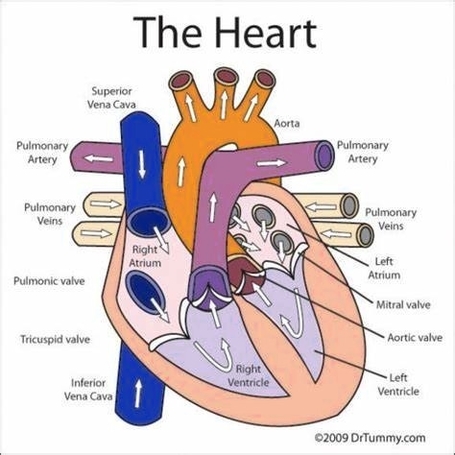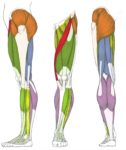Evolution of the Human Heart
The human heart, a vital organ responsible for pumping blood throughout the body, is a product of millions of years of evolution. Its journey from a simple circulatory mechanism to a complex four-chambered structure is a fascinating tale of adaptation and survival.
Invertebrate Hearts
The earliest precursors to the human heart were found in invertebrate animals. Many of these creatures did not have a heart or blood, as they were not complex enough to require a system for nutrient delivery to their cells. As invertebrates became more complex, they developed an open circulatory system, where blood was pumped throughout the tissues and filtered back to the pumping mechanism.
Fish Hearts
The next step in the evolutionary chain is seen in fish, which have a two-chambered heart consisting of an atrium and a ventricle. This closed circulatory system has a single large vessel that carries blood to the gills for oxygenation and then transports it around the fish’s body.
Amphibian Hearts
Amphibians, like frogs, represent the link between aquatic and terrestrial animals. Frogs have a three-chambered heart with two atria and one ventricle. The separation of the atria allows frogs to keep oxygenated and deoxygenated blood separate as they enter the heart.
Reptile Hearts
Reptiles, such as turtles, have a heart that is a sort of three-and-a-half chambered heart. There is a small septum that goes about halfway down the ventricle. This change allows the turtle’s body to receive blood that is slightly richer in oxygen than that of a frog.
Human Hearts
The human heart, with its four chambers, is a result of further evolution. This configuration ensures the separation of low-pressure circulation to the lungs and high-pressure pumping into the rest of the body. The human heart has evolved over hundreds of thousands of years as our activity levels gradually became more sustained. It has spent millions of years perfecting itself to keep humans alive.
Conclusion
The evolution of the human heart is a testament to the power of natural selection and adaptation. From simple circulatory systems in invertebrates to the complex four-chambered heart in humans, each step in this journey has been driven by the need for survival and adaptation to changing environments. Today, the human heart is a marvel of biological engineering, capable of supporting our bodies’ needs in a wide range of conditions. Its evolution is a fascinating example of how life adapts and evolves over time..



